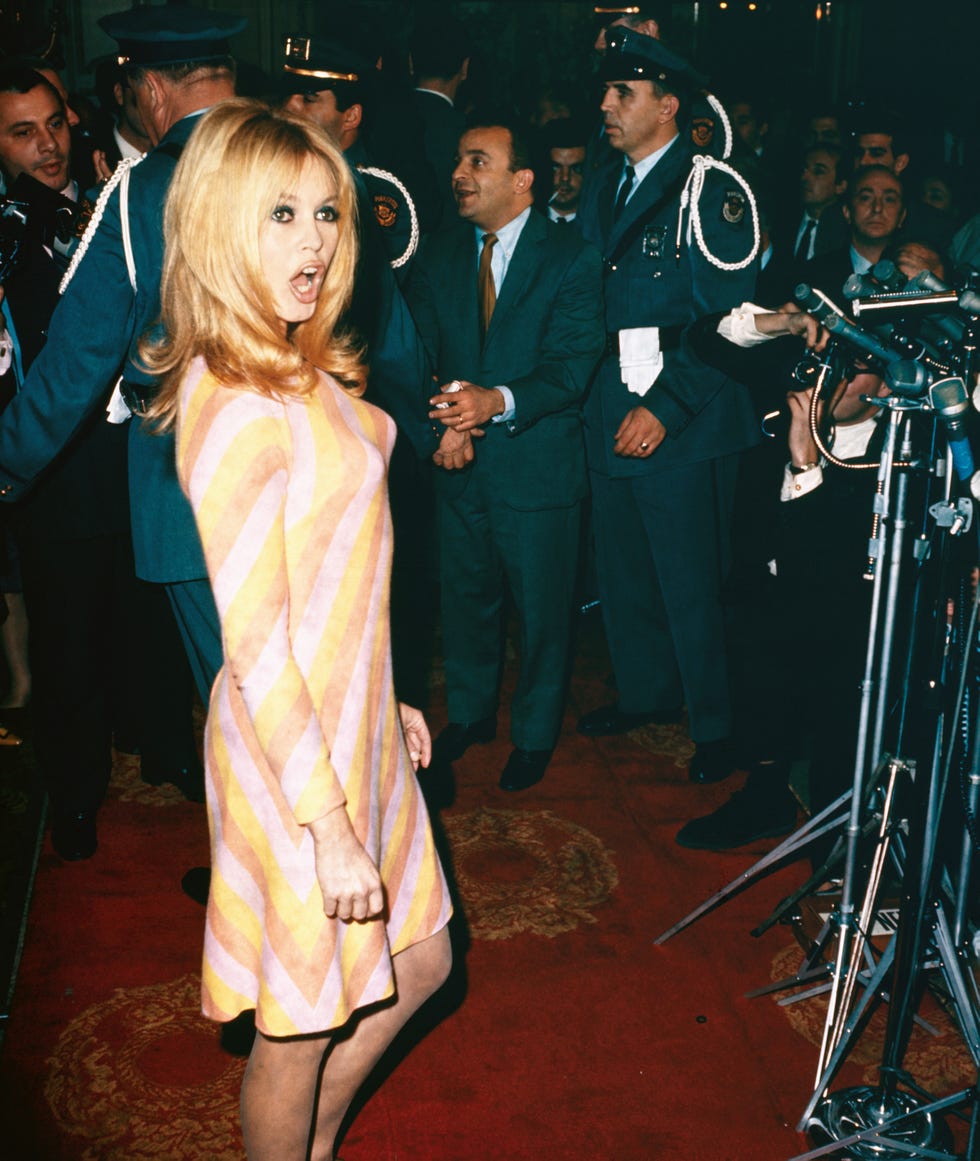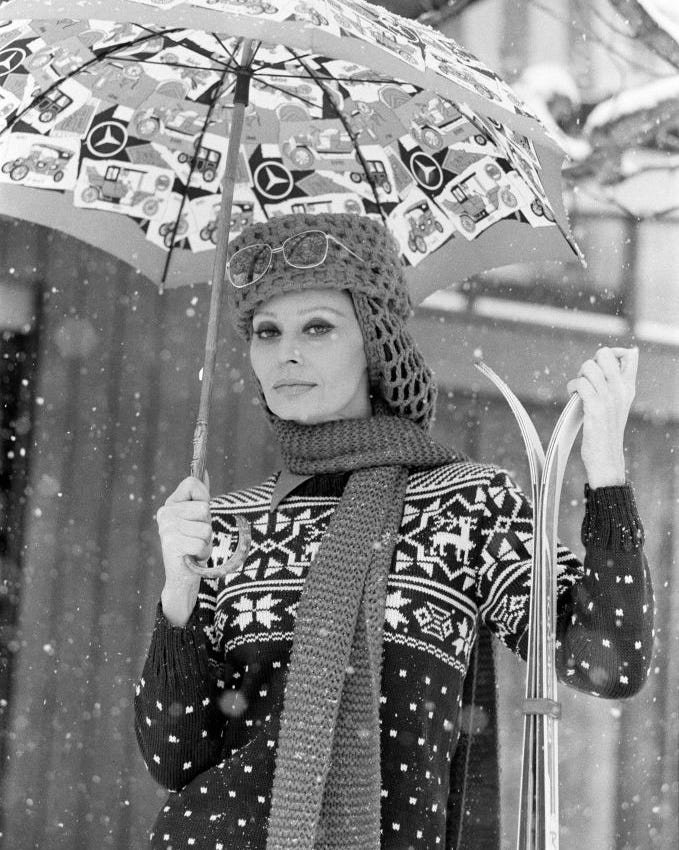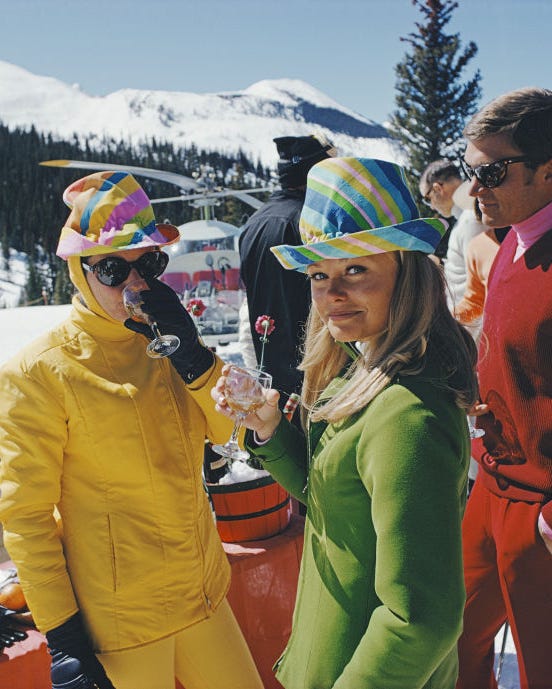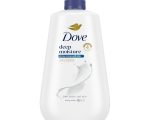The original post is located at www.elle.com
This past spring, Cory Sargeant Boehr, the founder of Sargeant PR, and her soon-to-be husband Christian Boehr welcomed guests to their backyard wedding in California. The dress code was cocktail attire, but she soon began to field confused texts from her guests.
“Knowing us—that we’re both really into design, and that I’ve organized events—it was going to be a little more elevated than your typical backyard party,” Sargeant Boehr confesses. The couple met via Craigslist where Boehr, a furniture purveyor, was selling a mid-century dresser that caught her eye. “Our outfits and the décor had a ’60s flair, so a lot of the inspiration is from that era.”
To assuage nerves, like many brides, Sergeant Boehr turned to Pinterest, where she created a “Wedding dress inspo” board to help steer attendees in the right direction, drawing from the day’s theme and including a mix of runway photos, street style shots, and celebrity red carpet images. The page was such a success that it was even called out in a wedding speech on the big day. “It was so cute for them to be part of the full experience, they all really nailed it,” Sargent Boehr says. “And I think it put them at ease that they knew what they were walking into.”
As more couples err toward having more unique, personalized weddings, it’s becoming increasingly common to see an invitation with an unusual dress code—or, in Sargeant Boehr’s case, a classic sartorial suggestion for a non-conventional event. With these shifts, offering some visual direction for guests clarifies exactly what the couple means by “garden formal” or “bohemian casual.”
“Pinterest data reveals that boards dedicated to wedding guest attire are on the rise, with ‘wedding guest attire’ board creations up 95 percent since last year,” says Sydney Stanback, global insights and trends lead at Pinterest. Similarly, searches for “wedding guest dress code” are up 75 percent, and “wedding guest style” searches have skyrocketed up to 150 percent. It would seem that, as couples are creating boards to guide their guests, those very same people are also searching for clarity.
For MBA student Dana Giordano, an upcoming wedding in the Utah mountains means the chance to create a unique experience via a Friday spent on the slopes, followed by a welcome party. Vintage ski sweaters are her recommended look for both events. She went to Pinterest to create a “Vintage Ski” board for guests, inspired by Dale of Norway sweaters, furry coats, and retro suits, and the aesthetic immediately fell into place.
While some couples may settle on a dress code informed largely by Instagram (wedding content creators are a new role on the rise), Giordano clarifies that choosing a theme was a way for her to bring guests together in the moment. “I wanted to be very intentional about making people who don’t know each other feel like they are all part of the same wedding,” she says. “[The dress code] is not meant to guilt people who weren’t able to come.” She and her partner also plan on making custom bandanas so everyone can recognize each other on the mountain.
While a visual reference can offer an easy way to lean into a kitschy theme, it can also help attendees understand how to dress for a wedding that embraces cultures beyond their own. Content creator Meeka Hossain’s recent wedding, for example, was a fusion—her husband is Jewish, she is from Bangladesh, and the theme was “Desi attire and black tie with a twist.” At the top of their mood board, it reads, “No white, black, or red. Don’t kill the vibe. *Black suits are the exception.”
Hossain explains that Bengali weddings are a celebration of life, where the bride wears red and guests traditionally do not wear black or white. For her mood board, she chose to showcase a mix of western and Desi options for both women and men, ranging from stills in Bollywood films to western-style runway images. “I had a couple guests ask me if it’s cultural appropriation to do Desi attire,” she adds. “But I think when you’re invited, [wearing Desi clothing is] an appreciation of the culture, rather than cultural appropriation.” Diverse imagery was her way to drive home that precise message.
Above all, Hossain views the mood board as a way to make sure guests feel comfortable and, as importantly, included in the celebrations. “In my friend circle, people love a good theme,” she explains. “This was definitely that, but it’s so broad that it doesn’t exclude anyone. It felt personalized with our story, and it also made guests feel included in our story.”
With all of the positives a mood board can provide, there is one drawback to look out for. If you’ve already settled on what to wear, watch out—it might spark a desire to do a little impromptu shopping. “People were inspired,” Sargeant Boehr says. “They weren’t planning on buying a new dress, and it prompted them to pick up something new.” Consider it one more wedding good-luck charm for the bride.











